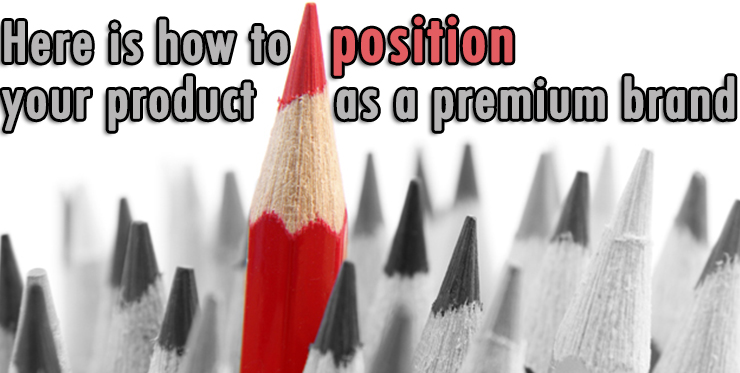Q: What does it take to position a product as a premium brand?
A: The answer might seem obvious, but it is true. The best way to position a product as a premium brand is with a high price. Price sends a psychological message related to value: things that cost more are assumed to be of higher value. Things that cost less are assumed to be of lower value. A Rolex is more valuable than a Timex.
Consumers can’t independently judge the products in each category. Therefore, price becomes shorthand for which brands are good, better or best.
Now you have to back up your premium positioning with a quality product, but that goes without saying. And if you disappoint consumers after they pay a premium price, word travels fast and you go out of business quickly.
Here are a few examples of companies doing it right:
Starbucks
How did Starbucks position itself as a premium brand? The fancy interiors? Using terms like “barista,” “venti” and “grande?” The green mermaid logo? These are all superficial and added to the experience, but the thing that made Starbucks a premium coffee brand was the price.
Coffee used to be a dollar a cup. Then Starbucks started charging almost four times as much. They even gained the nickname “four bucks.” In the mind, Starbucks created a new category of premium coffee, one they still dominate today – and all those added features contribute to the higher price tag.
Grey Goose
What Starbucks did in coffee, Grey Goose did in vodka. Vodka is by law a “colorless, odorless, tasteless” distilled spirit. It is hard to differentiate a vodka brand based on taste, so you need to do it by the brand alone.
Will a fancy bottle position your brand as premium? Only if it comes with a high price. Absolut from Sweden came into the market dominated by Smirnoff and became the premium leader with a painted bottle and a high price, 60 percent more than Smirnoff.
So how did Grey Goose position itself as the ultra-premium vodka brand? Vodka from France is better? No, they did it with price. And in the mind when a consumer pays almost twice as much for Grey Goose than Absolut, Grey Goose tastes smoother and better.
So now we have good, better and best in the vodka category. Smirnoff, Absolut and Grey Goose.
Lack of choice.
Companies often give consumers too many choices. For premium products, some companies think they should offer endless choice, but just the opposite is true. If you want to be perceived as premium brand, you should have fewer choices, especially during the initial launch.
More choice makes buying decisions more challenging. Throw in a high price and it makes it even worse. The biggest problem with the Apple watch was too many choices. They were all expensive; they ranged in price from $399 to $17,000 in an endless variety.
Most consumers chose to buy the $399 to $599 Apple watches which is a lot of money. But instead of feeling they just bought something premium, psychologically many of them felt they just got a cheap Apple watch.
And customers who paid $17,000 for their Apple watches didn’t fare much better — many of them felt stupid for paying so much.
A better direction would have been to launch the brand with one price and few options. That’s the way Apple introduced the iPhone.
___
by LAURA RIES
